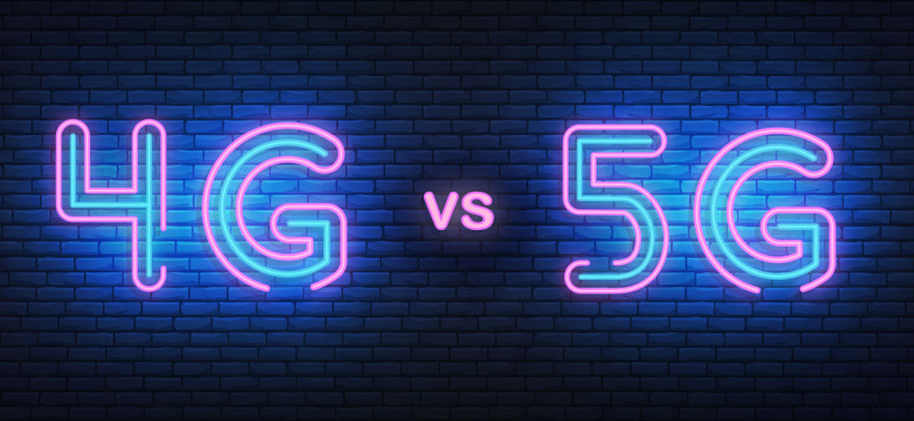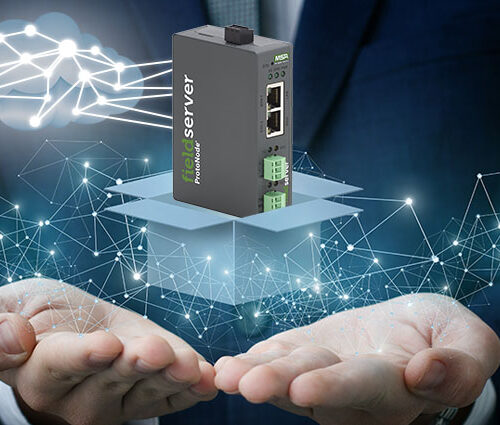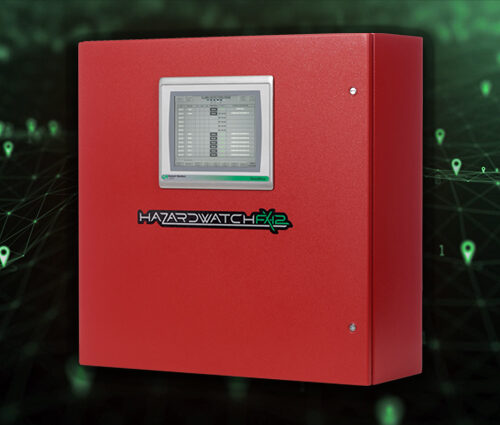
In the quest for digital transformation, Industry 4.0 has emerged as the pathway for optimizing productivity, efficiency, and automation.
Within Industry 4.0 are subsets of must-have technologies; namely, the Internet of Things (IoT) and 4G and 5G cellular connectivity. Their predecessors are now a thing of the past though they should be recognized for introducing smart meters, transmission of sensor data, and secure communication. Today there are other technologies available such as CAT-M, LoRA, NB-IoT, and others for devices that require a lower bandwidth.
But what’s up with 4G and 5G? Will 4G continue to dominate IoT or will 5G take over? Most importantly, which cellular technology makes the most sense for your automation environment?
Only you can decide whether 4G or 5G is right for you. Before you make that decision, though, here are a few things you might want to know.
4G vs. 5G: What’s the difference?
4G and 5G are both wireless technologies, so named for which generation they are: 4G for fourth generation and 5G for fifth.
Like other evolving technologies, there are similarities between different generations and, of course, differences.
The primary difference between 4G and 5G is speed. While it might seem like faster speeds is the be-all, end-all, frankly, it’s not quite that simple. Yes, faster, can be good. But those higher speeds come as a result of higher frequencies. The higher frequencies of 5G, which range from 6GHz to 54GHz, also means more opportunity to run into roadblocks, such as buildings and trees.
In addition, the International Telecommunications Union (ITU) says that although 5G networks have the potential to “deliver more speed and capacity to support massive machine-to-machine communications and to provide low-latency (delay), high-reliability service for time critical applications,” 5G isn’t without its challenges. These challenges include increasing the complexity of infrastructure, competition for the spectrum, and adopting global standards to avoid interference.
Why 5G Might Be More Than You Need
Right now, 5G is the latest in cellular technology, but that doesn’t mean it’s the greatest. As an example, think about cars and the work commute. While it might be fun to drive a Ferrari, the real question is: Do you really need a Ferrari instead of a Toyota to get from Point A to Point B?
Of course you don’t.
The same can be said of 5G. Of course, we acknowledge the fact that 5G networks (unlike a Ferrari) will, in time, become the norm. Until then, here are some reasons why 5G may not be right for your organization right here, right now:
- Budget: Because 5G is still in its infancy, it is more expensive, especially initially.
- Power Consumption: To be fair, 5G is said to use less energy per bit of data than 4G. However, volume increases with 5G mean that, at present, 5G consumes more power therefore, producing a larger energy footprint and environmental impact.
- Coverage: 5G coverage is out there—but limited.
- Compatibility and Interoperability: While some newer devices are designed with 5G compatibility in mind, not all IIoT devices are 5G compatible. Many organizations rely on a variety of manufacturers for their devices. So, in addition to incompatibility, 5G could inhibit interoperability between devices. As such, you may need to upgrade or replace your IoT devices to use 5G. (For a versatile interoperability solution for 4G, consider the FieldServer BACnet IoT Gateway.)
- Signal Interference: 5G’s need for higher frequency radio waves means those waves travel shorter distances, which means signals can be blocked, weakened, slowed, or even dropped. Placement of 5G-compatible IIoT devices within the automation environment is a key consideration.
What System Integrators Should Know About 4G
5G is a promising yet still evolving technology—but 4G isn’t going anywhere anytime soon. In fact, according to global technology intelligence firm, ABI Research, 4G is the primary technology for 60% of today’s cellular IoT module models.
Here are just a few of the many reasons why.
- Affordable: 4G is currently the most cost-effective cellular standard.
- Connected: Literally billions of smart devices are connected to 4G cellular networks.
- Available: 4G has a widespread infrastructure, which enables it to deliver excellent coverage for connected IoT devices.
- Efficient: 4G evolved as a means for transmitting data from devices and sensors. So, unless you’re moving an entire data center’s worth of data, 4G is more than capable of providing real-time data points, generating remote notifications, and alerting stakeholders. (Manage and support BACnet networks with the FieldServer BACnet IoT Gateway.)
- International: Currently, 4G is the only globally available cellular network and is a worldwide standard for data transmission.
Which Should You Use: 4G or 5G?
Ultimately, whether to use 4G or 5G for IoT connectivity depends on your requirements, your environment, and your budget.
There likely will come a time when you and other organizations will need to transition to 5G. But until 5G expands and evolves to offer more advantages than disadvantages, 4G is a more than capable technology that’s ideal for industrial and building automation.
Of course, we are not saying that 5G won’t ever become the gold standard. But 5G just isn’t there yet. Look for expansion and adoption to be incremental in the coming years (not months).
Until then, contact us to learn more about FieldServer Gateways and Cloud products, and check out these additional resources about Industry 4.0 and 4G/5G IoT:
- How Cellular Is Changing Remote Connectivity
- Industry 4.0: What It Means for Your BMS/SCADA
- 4G is the Primary Technology in 60% of Today’s Cellular IoT Module Models
- Starting IoT Journey with 5G an Expensive Mistake for Enterprises
- The 5G Paradox: Why Increasing IoT Efficiency Creates New Security Risks






